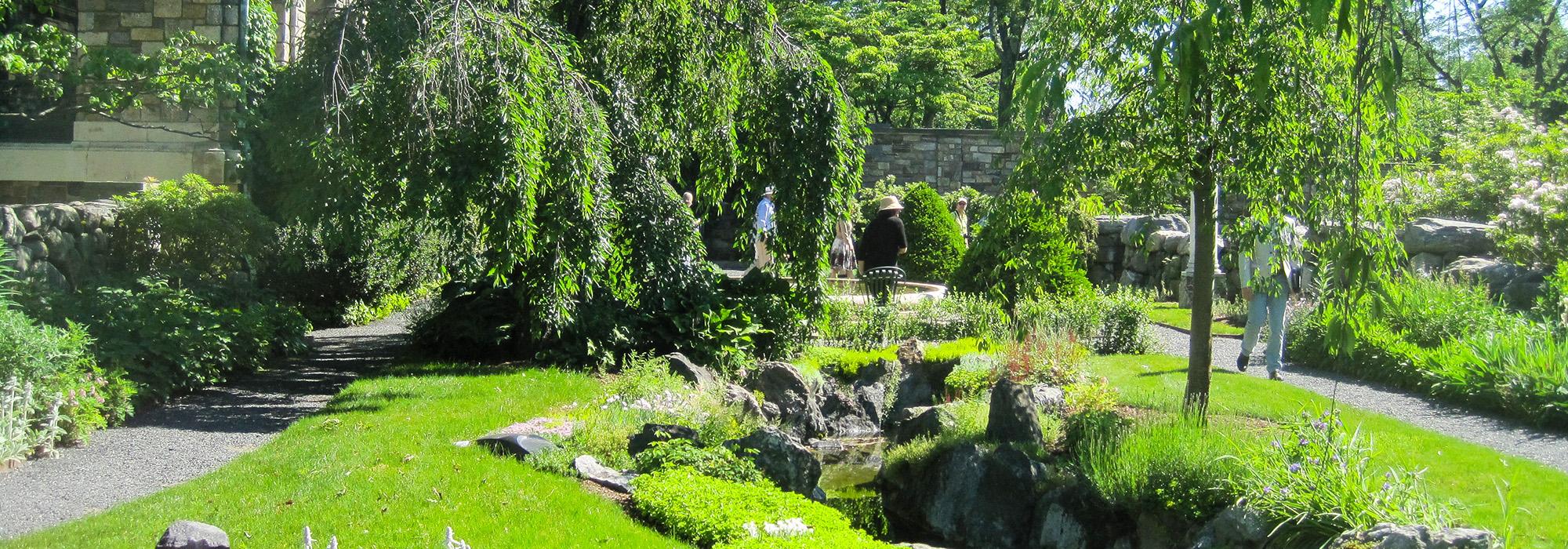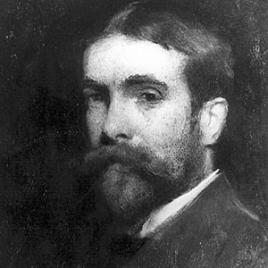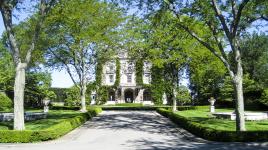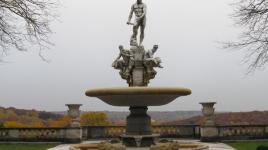Pioneer Information
Self-trained as an architect and landscape architect, Platt is considered one of America’s most influential twentieth-century designers of the landscape. Platt’s creative spirit was incubated during the summer of 1890 in the artist colony of Cornish in New Hampshire, as an art student in New York and Paris, and throughout his life thereafter. In 1892, Platt and his brother, William, an apprentice in the office of Frederick Law Olmsted, Sr., traveled to Italy to tour gardens. The resulting book, Italian Gardens, published in 1894, was influential in the emergence of the Beaux-Arts garden style in the United States. Platt often worked in close collaboration with well-known and formally trained landscape architects, including Olmsted Brothers, Warren H. Manning, and Ellen Shipman. His design philosophy emphasized the integration of interior and exterior space through strong visual and circulatory connections and the use of formal, architectonic elements throughout the garden. Platt’s most influential projects included the design for the Freer Gallery of Art in Washington, D.C.; estate gardens of Gwinn near Cleveland, Ohio; Maxwell Court in Rockville, Connecticut; and Villa Turicum in Lake Forest, Illinois. Platt’s work was widely published in popular design magazines.
















